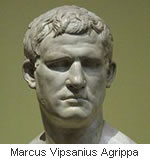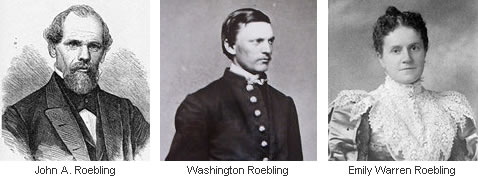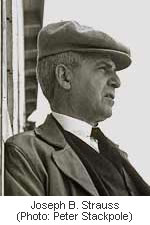Healthy or not, the vegan lifestyle has hit Hollywood with a bang! If the tabloids are to be believed, then Angelina Jolie ditched the vegan diet because of her love for red meat, while Oprah and her staff did manage to make the vegan commitment for as long as a week, and Natalie Portman bid goodbye to it once she conceived. But all said and done, there are many Holloywood celebs who swear by this routine and have managed to steer clear of meat and animal products. Here’s our list of top 6 famous vegans! (Image courtesy: © Reuters)
Alicia Silverstone. Alicia Silverstone credits her 10 on 10 figure to a vegan diet, what she calls a 'Kind diet.' She's even written a book about the diet, in which she talks about the diet's organic nature and complete vegan philosophy. Alicia labels foods like white sugar, meat and dairy - 'nasty' and advocates following the kind diet to promote healthy living and quick weight loss.
Pamela Anderson. Pamela Anderson said that a vegan lifestyle helped her tackle Hepatitis C, at the People for the Ethical Treatment of Animals (PETA) 30th anniversary celebration in Hollywood, Calif. "I always feel healthy, but I feel better," she said. A strong PEAT supporter, Pamela's veganism is a lifestyle as well as dietary choice.
Sandra Oh. Yes, it may be a bit hard to believe but this Grey's Anatomy star is a pure vegan. Sandra first started eating vegan when her Grey's Anatomy cast-mates took her out to vegan restaurants between the show shoots. And soon this act was convincing enough for her to go green.
Robin Williams. This legendary actor and comedian has joined the vegan movement lately. Recently he underwent heart surgery, after which he decided to be completely vegan in the hope to avoid any more heart complications. To this we say - watch your diet now, or you might have to go down the same road people!
Betty White. America's oldest and perhaps the coolest grandma, this 89 year old credits her till-date fitness and lifestyle to her vegan dietary routine. She is pretty serious about her love for animals which is evident from her active participation in the Morris Animal foundation.
Mike Tyson. Rumour has it that Mike Tyson's been a vegan for the last few years. He has even teamed up with Last Chance for Animals in order to spread the word of protecting animal rights. He was even quoted as saying that he wishes he had been vegan since birth.
Image and Article Credit: healthmeup.com/slideshow-healthy-living/celebrity-fitness-famous-vegans/7571/1


















 The Pont du Gard was built by Marcus Vipsanius Agrippa (63 – 12 BC), the son-in-law of Caesar Augustus. The bridge’s stones, some of which weigh up to 6 tons, were cut perfectly to fit together without any mortar.
The Pont du Gard was built by Marcus Vipsanius Agrippa (63 – 12 BC), the son-in-law of Caesar Augustus. The bridge’s stones, some of which weigh up to 6 tons, were cut perfectly to fit together without any mortar.
















 In 1916, the idea of a bridge to cross the Golden Gate, a narrow strait that separated San Francisco Peninsula and the Marin Headlands, was conceived. Though it was almost immediately dismissed as the cost was estimated to be $100 million (astronomical for the time), a veteran bridge builder named Joseph Strauss lobbied for more than two decades to have it built.
In 1916, the idea of a bridge to cross the Golden Gate, a narrow strait that separated San Francisco Peninsula and the Marin Headlands, was conceived. Though it was almost immediately dismissed as the cost was estimated to be $100 million (astronomical for the time), a veteran bridge builder named Joseph Strauss lobbied for more than two decades to have it built.
























